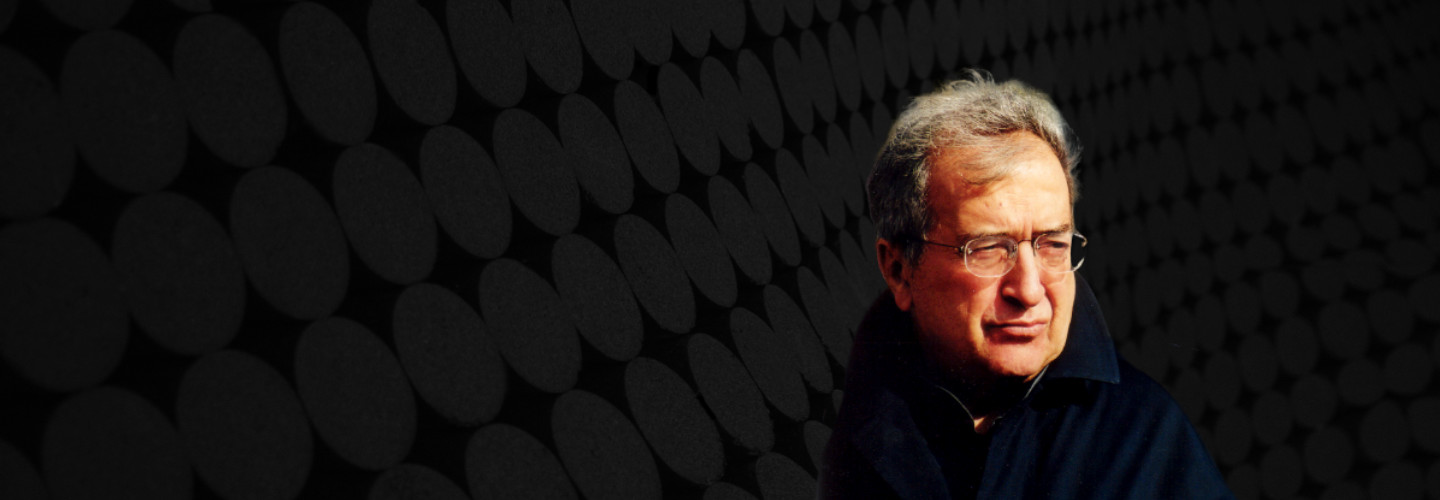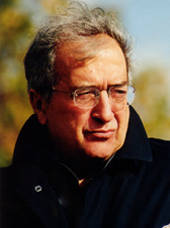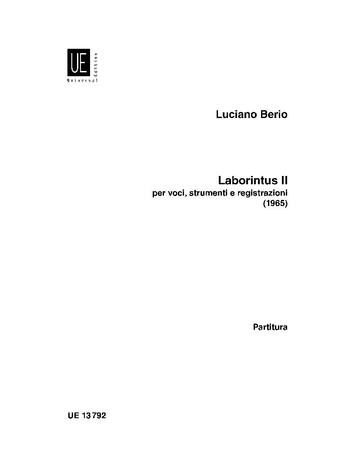

Luciano Berio
Laborintus II
Short instrumentation: 1 0 3 0 - 0 3 3 0 - perc(2), hp(2), vc(2), cb(1)
Duration: 35'
Übersetzer: Edoardo Sanguineti
Libretto: Edoardo Sanguineti
Dedication: to Susan and Marina
Choir: SATB (8 actors)
Roles:
3 female voices 1 speaker
Instrumentation details:
flute
1st clarinet in Bb
2nd clarinet in Bb
3rd clarinet in Bb (+bass cl(Bb))
1st trumpet in C
2nd trumpet in C
3rd trumpet in C
1st trombone
2nd trombone
3rd trombone
1st percussion: traps drums, vibraphone, wood blocks, 2 tam-tams, springcoils, guiro, sleigh bells
2nd percussion: traps drums, wood blocks, guiro, springcoils, maracas, claves, sleigh bells, tam-tam
1st harp
2nd harp
1st violoncello
2nd violoncello
contrabass
Berio - Laborintus II for voices, instruments and tape
Printed/Digital
Translation, reprints and more

Luciano Berio
Berio: Laborintus II for voices, instruments and tapeOrchestration: for voices, instruments and tape
Type: Partitur
Sample pages
Audio preview
Work introduction
The text, by Edoardo Sanguineti, develops certain themes from the Vita Nova, Convivio and Divina Commedia, combining them, mainly through formal and semantic analogies, with Biblical texts, Eliot and Sanguineti himself. The principal formal reference is the catalogue, which relates the two central Dantesque themes of memory and usury, or the reduction of all things to market value. Individual words and sentences are sometimes to be comprehended as such, sometimes to be heard as an extension of the sound structure as a whole.
Laborintus II is a theatre work which can be performed on television, in a conventional theatre, in the open air or any place else permitting the gathering of an audience. The particular space and medium selected condition the length and some of the structural aspects of the work, possible durations ranging between 30 and 50 minutes.
The principle of the “catalogue” is not limited to the text, but underlies the musical structure as well: Laborintus II is a catalogue of references (to Monteverdi, Stravinsky and myself), of actions and attitudes: 1) conventional instrumental or vocal characters or behaviours, 2) sound actions or behaviours external to or modifying the first category or imitating external models, 3) gestures and body movements associated with the first two categories, 4) gestures and body movements not associated with the first two categories.
Thus, Laborintus II is not an opera but a music theatre work – that is, a work which, to paraphrase the words of the philosopher Ernst Bloch, accepts theatre as a laboratory “reduced” to the dimensions of performance, where we test theories and practices which can be used as experimental models of real life.
Luciano Berio
